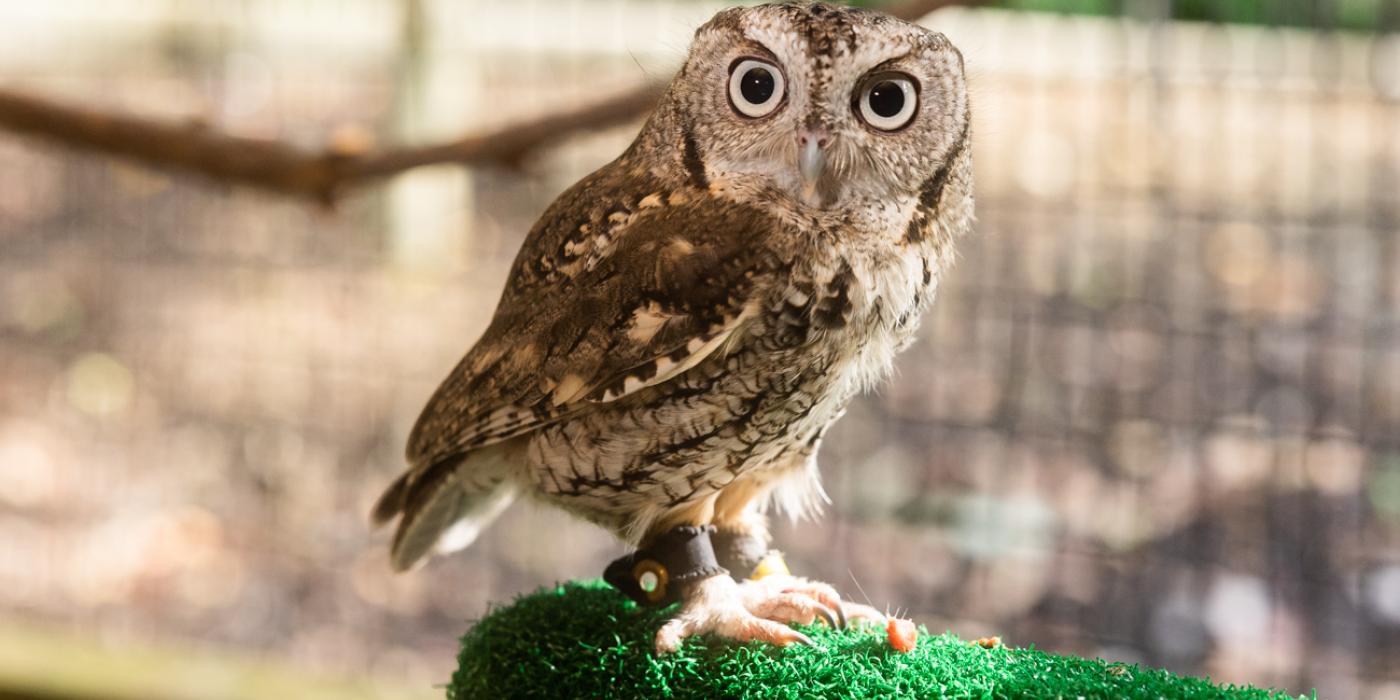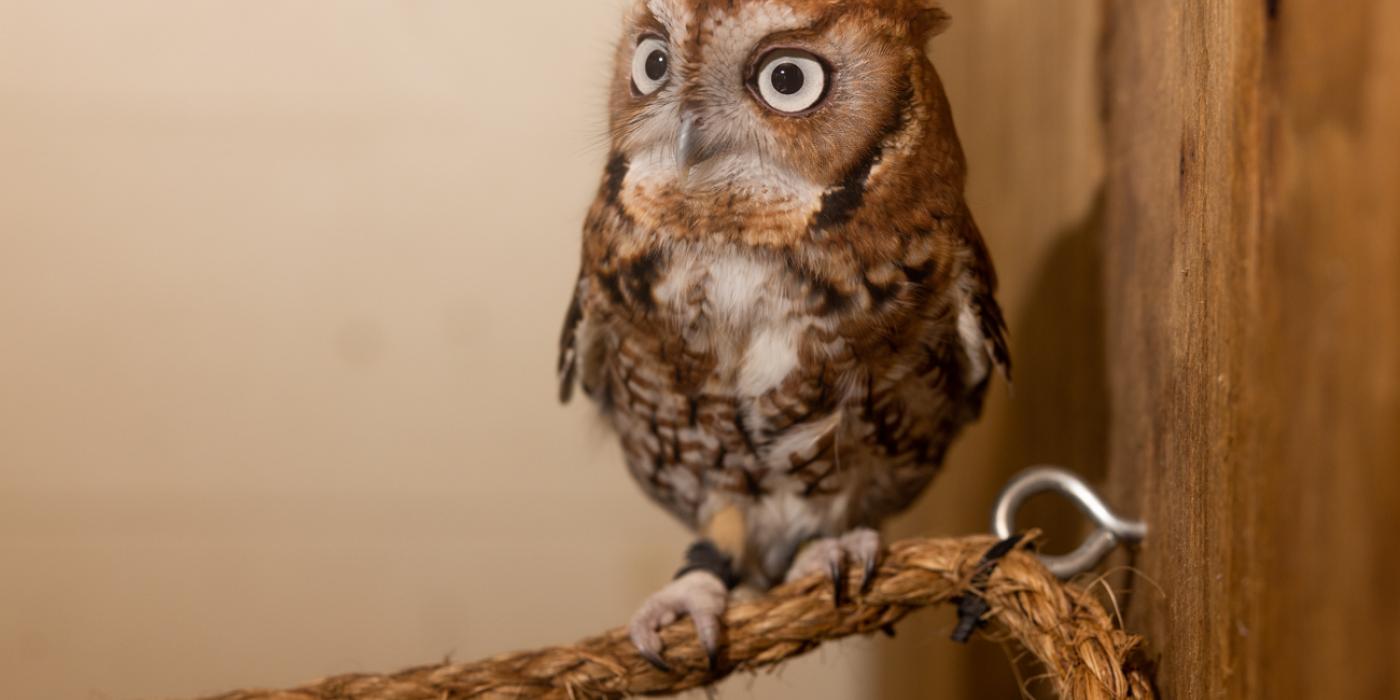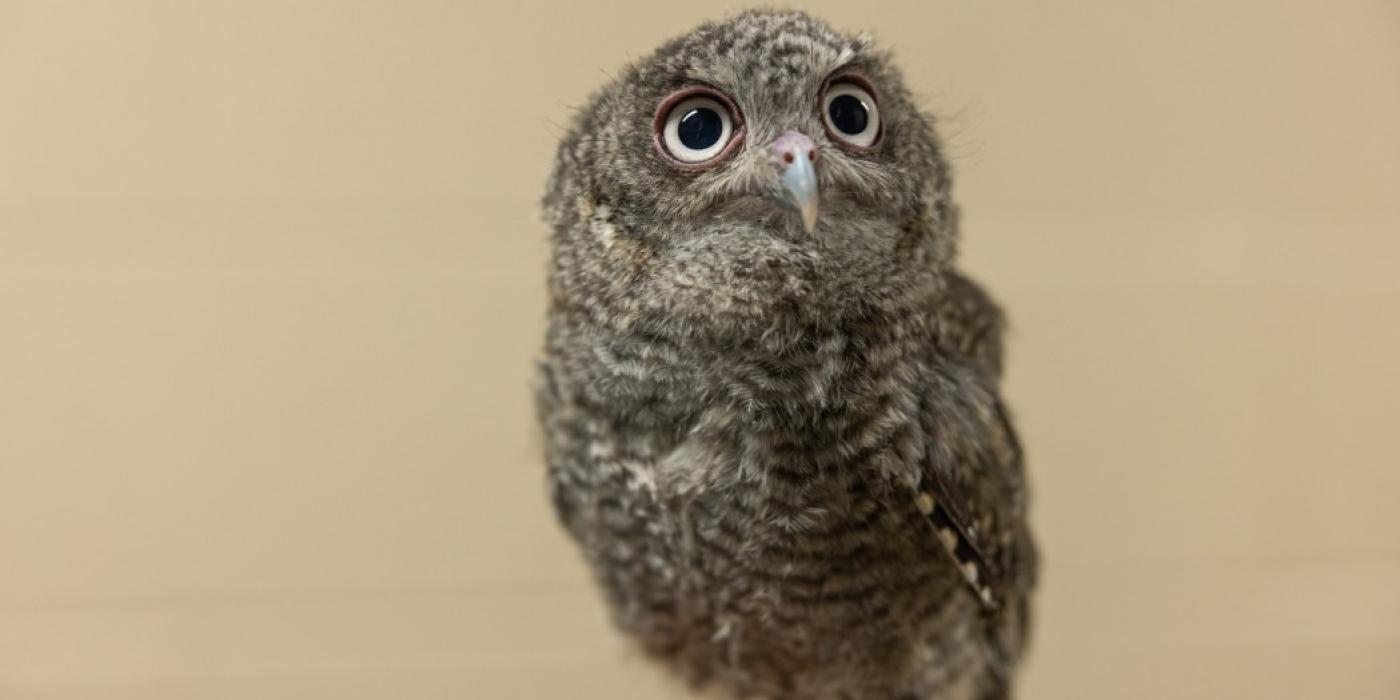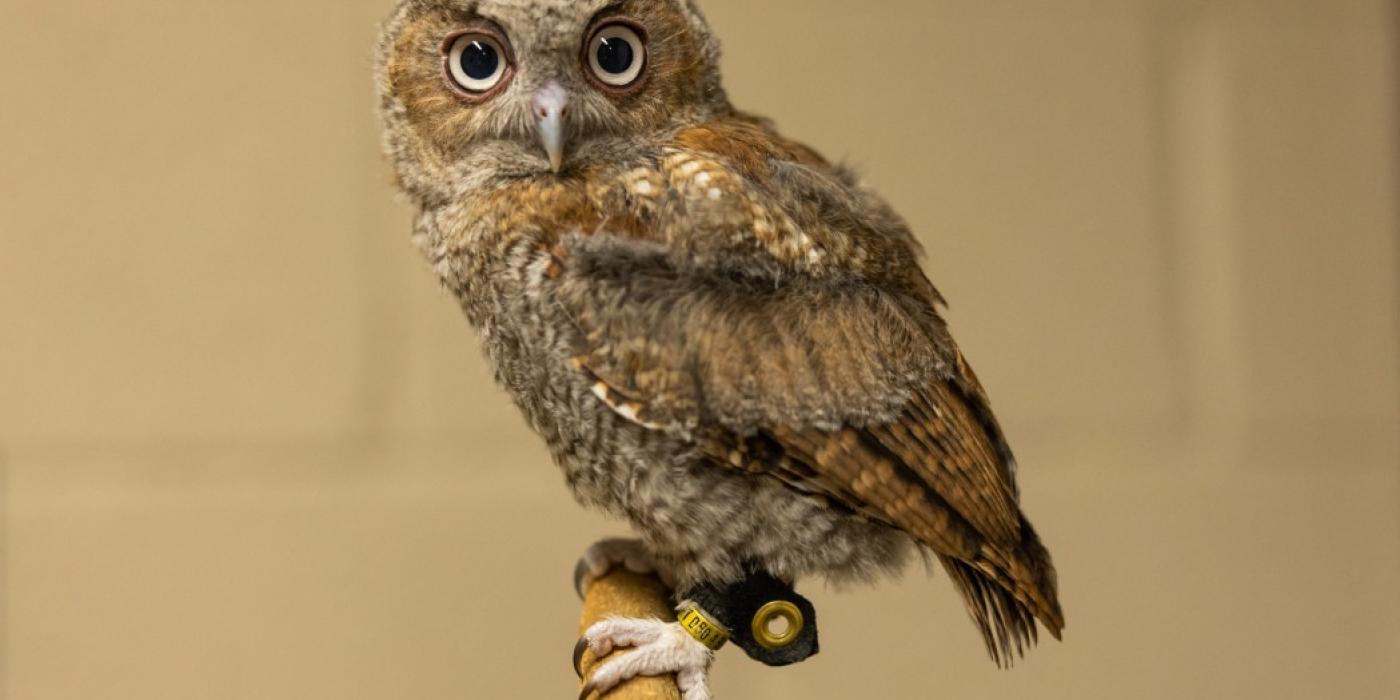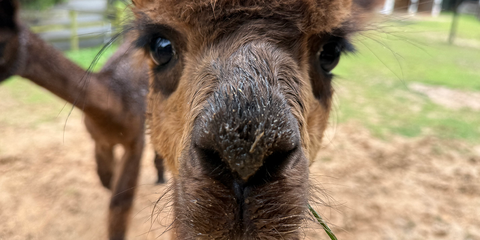Eastern screech-owls are commonly found in evergreen and deciduous forests near water. They are short, stocky owls with gray or reddish-brown feathers and yellow eyes.
Physical Description
Eastern screech-owls are mostly gray, reddish-brown or brown with yellow eyes. They are short, stocky and have large heads with almost no neck. Their wings are rounded with a short, square tail.
Size
Eastern screech-owls are 6.3 to 9.8 inches long with wingspans of about 18.9 to 24 inches. They are about 6 inches tall and weigh about 130-220 grams (about 4.6-7.8 ounces).
Native Habitat
The eastern screech-owl is found in North America. It lives east of the Rocky Mountains in the United States, with small populations in eastern Canada and Mexico.
Eastern screech-owls can be found in wooded areas that are near water, including neighborhoods and parks. They can also be found in trees around orchards, marshes, meadows and fields. They tend to avoid dense forests with thick patches of trees, where larger owls often live.
Lifespan
These owls live for about 8-10 years.
Communication
Eastern screech-owls communicate through vocalizations. They have a whinny-like and low-pitched sound. They may sing during the breeding season or make alarm calls if threatened. Both males and females vocalize, but males tend to be noisier.
Food/Eating Habits
Eastern screech-owls are carnivores. They eat mammals, birds, earthworms, insects, crayfish, tadpoles, frogs and lizards. They fly down from trees to capture prey but rarely hover when hunting. They also help control small mammal populations — they can easily eat more than 1,000 mice in one year!
At the Smithsonian’s National Zoo, eastern screech-owls eat frozen-thawed mice. They don’t receive live prey.
Sleep Habits
Eastern screech-owls are nocturnal — they are highly active at night (and more often heard than seen).
Social Structure
Eastern screech-owls are mostly solitary. They are only in pairs during the breeding season. These owls do not migrate. They stay within their home range throughout the winter, leaving only during severe weather in search of food. Eastern screech-owls’ unique feather patterns help camouflage them in the tree bark. When threatened, they will stretch their body and tighten their feathers to look like a branch.
Reproduction and Development
To attract a mate, a male will call to a female while swiveling his head and body. He may also wink his eyes slowly. If he’s successful, the birds will touch bills and clean each other's feathers. Eastern screech-owls mate for life and often reuse the same nest sites year after year.
They nest in natural tree cavities or old woodpecker holes. They will also use nest boxes or nest behind loose boards on abandoned buildings or barns. Females lay three to four eggs. Males help during nesting by bringing food to the female while she cares for the eggs and young.
Conservation Efforts
Help this Species
- Share the story of this animal with others. Simply raising awareness about this species can contribute to its overall protection.
- Are you a student? Did you love what you learned about this animal? Make it the topic of your next school project, or start a conservation club at your school. You'll learn even more and share the importance of saving species with classmates and teachers, too.
Meet the Animals
American Trail is home to two eastern screech-owls that hatched May 3, 2022. The male is named Canyon, and he has red plumage. The female is named Teton, and she has gray plumage.

